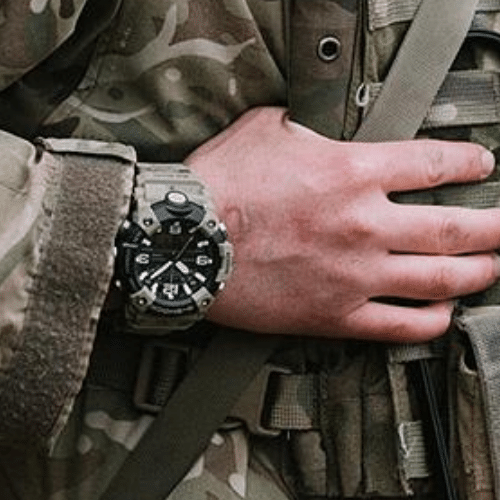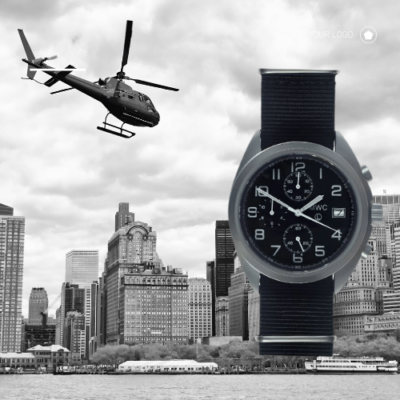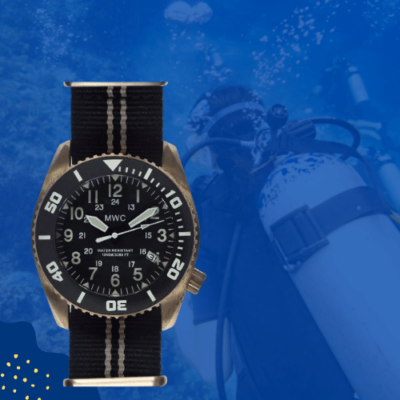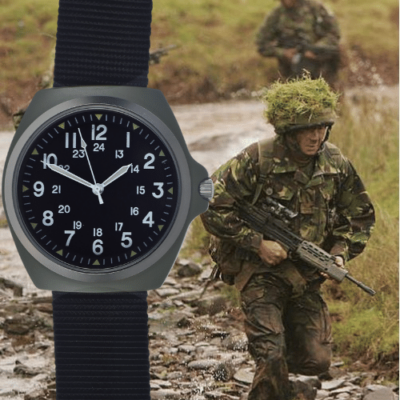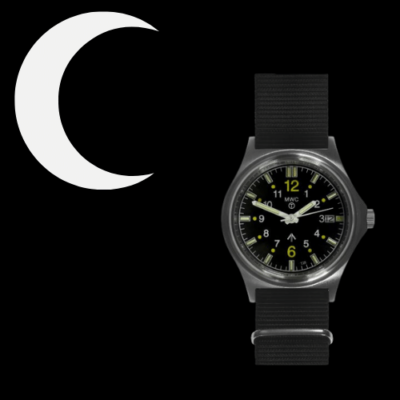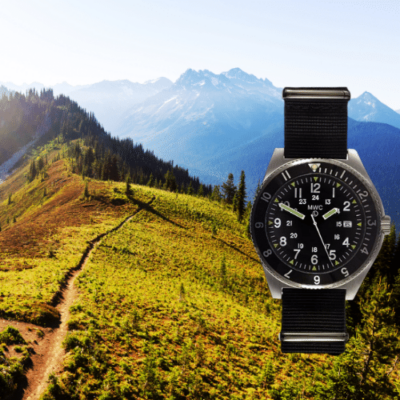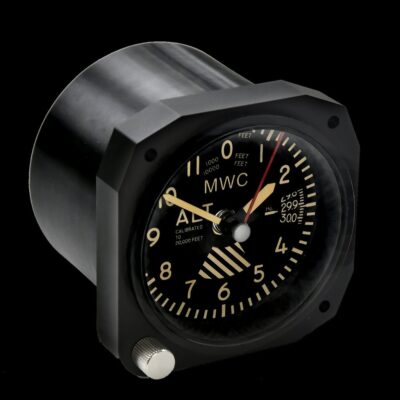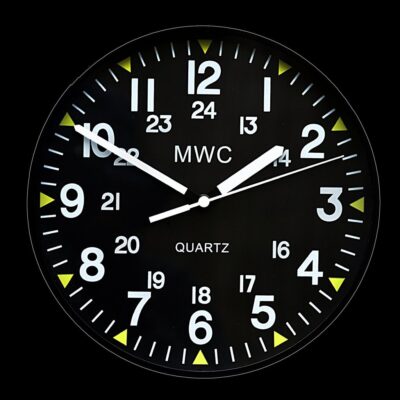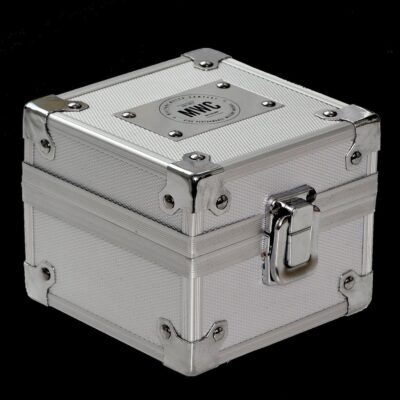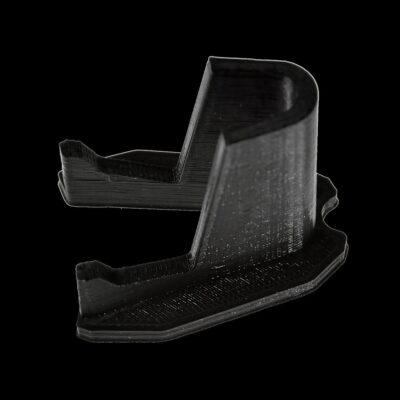News
Why Iran Didn’t Have Russian S-400 Air Defence Systems to Repel U.S. and Israeli Attacks
In the aftermath of Israel’s initiation of an 11 day air campaign against Iran on June 13, and after the United States nine days later deployed strategic bombers and nuclear attack submarines to target the country’s nuclear sites, the state of Iran’s air defence systems has faced growing scrutiny. Multiple Iranian and foreign pro-Iranian sources were quick to blame Russia for not having supplied advanced long range air defence systems, specifically the S-400 system which currently forms the backbone of the Russian arsenal. Former Iranian Parliament Deputy Speaker Ali Motahari was among the voices contributing to such criticisms, alleging that Russia had supplied the systems to Iran’s adversary Turkey, and offered them to Saudi Arabia, but had refused to supply them to Iran due to Moscow’s perceived need to sustain positive ties with Israel. He was among multiple sources to on this basis criticise the state of the strategic partnership between the two countries, implying that Russia’s actions were far from reciprocal after Iran had provided tremendous support and technology transfers to equip the country with a substantial drone warfare capability for its war with Ukraine.

Criticisms of Russia’s reluctance to supply advanced air defence systems are far from entirely without basis. When Iran in the 1990s and 2000s consistently showed an interest in procuring the S-400’s predecessors, the S-300PMU-1 or S-300PMU-2 long range air defence systems, it was consistently refused, and while a contract for the former of the two system was signed in 2007, Russia pulled out in 2009 reportedly due to Western and Israeli pressure. This was a major factor stimulating Iran to begin developing similarly capable systems domestically, although it would eventually procure the S-300PMU-2 from 2017. Nevertheless, after the signing of the Joint Comprehensive Plan of Action nuclear deal in 2015, and as Russian and Iranian forces began to fight side by side against Turkish, Western and Israeli backed Islamist militants in Syria later that year, Moscow consistently proved willing to provide advanced air defence systems including the S-400.

Russian government sources from 2019 repeatedly made clear the country’s willingness to supply the S-400 system to Iran specifically, after Iranian sources, such asthe secretary of Iran’s Supreme National Security Council Ali Shamkhani, indicated an interest in procuring advanced foreign armaments to strengthen the country’s defences. Russian official sources that year refuted claims from a range of Western sources that Moscow had refused to supply the S-400 as fake news, stating that Iran had not shown interest in the system, and that Russia had thus not been in a position to proceed with a sale. Subsequently in January 2020 Russian lawmakers advocated providing Iran with S-400 systems, with the leader of Russia’s Liberal Democratic Party stating following the assassination of Iran’s most senior general Qasem Soleimani in January 2020 that Moscow needed to “offer Iran an agreement on military cooperation and urgently sell the most modern weapons so that no one dares throw anything in the direction of Iran.” He expressed confidence that the S-400, and possibly even the new S-500 system, would be able to “close the entire sky over Iran.” Iran had the year prior procured the Russian Rezonans-NE radar system, which provided a very long range detection capability against targets which included stealth aircraft.

Iranian officials would subsequently repeatedly state that the country’s armed forces had little need for the S-400, with Defence Minister Brigadier General Mohammad Reza Ashtiani in March 2023 dismissing reports of a planned procurement, on the basis that Iran was already self sufficient in the production of air defence equipment. He particularly highlighted the capabilities of the indigenous Bavar 373 system. The Bavar 373 formed the backbone of Iran’s air defence network at the time Israeli initiated hostilities, and was credited by local sources with shooting down three of the four F-35 stealth fighters claimed to have been neutralised during engagements. Nevertheless, the density of Iran’s air defence network and the F-35’s operations deep within Iranian territory raised questions regarding the system’s effectiveness, and whether more capable systems could have inflicted much heavier losses on the fighters had they been deployed. Although Russia proved to be a far from dependable supplier to Iran in the first two decades after the USSR’s disintegration, the country showed a strong willingness to provide advanced armaments such as S-400s and Su-35 fighters from the mid-2010s, with Iran’s reluctance to finance procurements having been a primary factor constraining its air defence capabilities.

